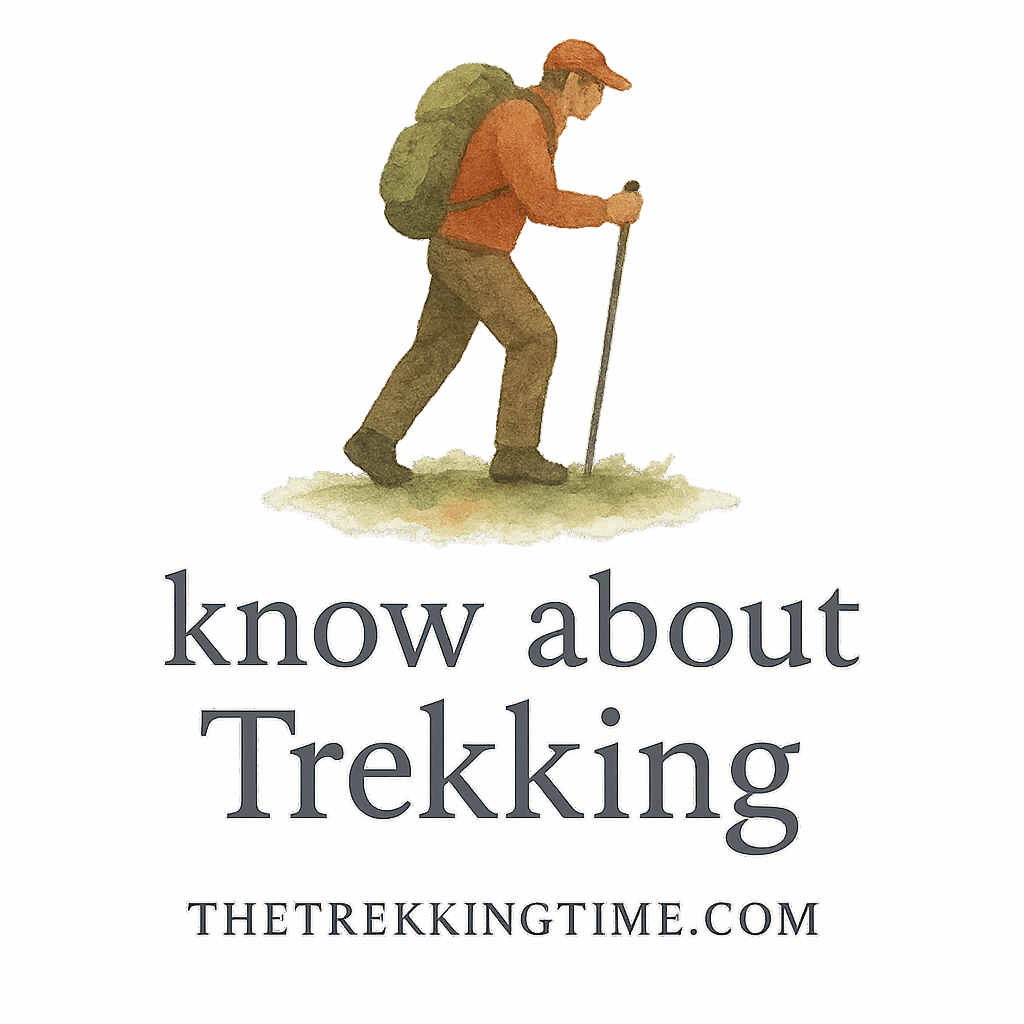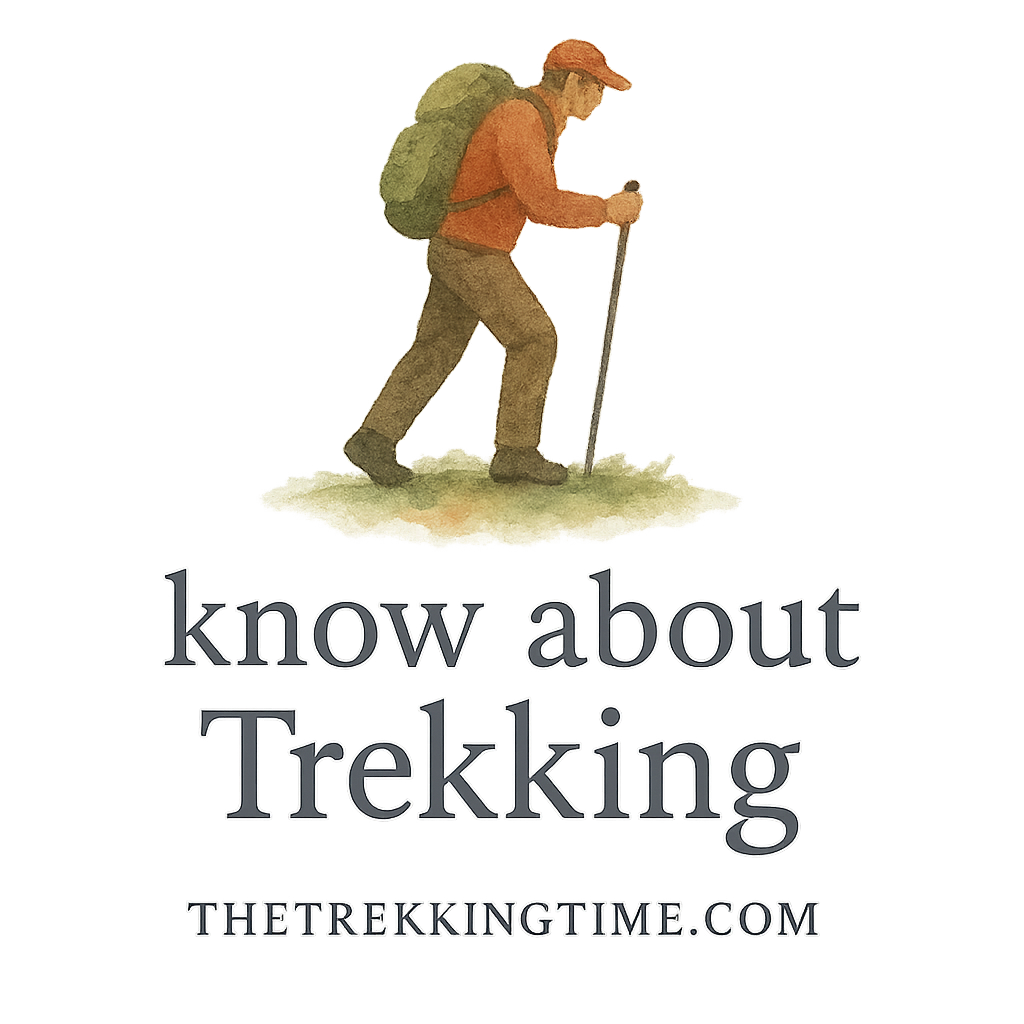If you’ve ever hit the trail and felt like your energy just vanished by lunchtime, you’re not alone. Long-distance trekking is no joke — it challenges your body, your mind, and your metabolism. That’s why smart, intentional nutrition can make or break your trek. Let’s dive into 8 essential nutrition tips every long-distance trekker needs to know.
Why Nutrition Matters on the Trail
Trekking for multiple hours or even days burns serious calories. Your body is working overtime to keep you moving across rugged terrain, through shifting climates, and often at high altitudes. Proper nutrition doesn’t just fuel your legs — it supports your mental health, immune system, and recovery, helping you go further and feel better doing it.
Understanding Your Body’s Needs During a Trek
Calories: Quality vs. Quantity
It’s tempting to grab quick-fix energy bars and candy, but quality counts. A high-calorie diet on the trail should still include balanced nutrition.
Macronutrients Matter
Understanding macronutrients will help you pack the right food for performance:
Proteins for Muscle Recovery
Muscles break down during long treks. Lean proteins like jerky, nuts, and lentils help repair them overnight.
Carbs for Energy
Carbs are your trail fuel. Whole grains, dried fruit, and granola give you that quick and long-lasting energy push.
Fats for Endurance
Fats like nut butters, seeds, and olive oil are slow-burning fuel, perfect for all-day endurance treks in the mountains.
Tip 1: Plan Your Meals in Advance
Meal planning ensures you don’t run out of fuel or overpack junk food. Think variety, nutrient balance, and ease of preparation.
Sample Meal Plan for Multi-Day Treks
- Breakfast: Oatmeal with dried fruit and nuts
- Lunch: Tortilla wraps with tuna or peanut butter
- Dinner: Dehydrated rice with lentils and spices
- Snacks: Trail mix, protein bars, jerky
Check out our full guide on trekking gear and packing for food storage tips.
Tip 2: Hydration Is Just as Important as Food
Dehydration is sneaky and deadly on the trail. Without water, all the calories in the world won’t help.
Smart Water Strategies for Trekkers
- Drink regularly, not just when thirsty
- Use hydration bladders for easy sipping
- Purify water from streams with tablets or filters
Explore more trekking safety tips to stay secure in the wild.
Tip 3: Prioritize Energy-Dense Foods
Weight matters, and you want high energy in light packages. Look for foods that give you more calories per gram.
The Best Calorie-Packed Snacks to Carry
- Nut butters (individual packets)
- Trail mix with dark chocolate
- Energy bars with 200+ calories
- Hard cheese and cured meats
Visit The Trekking Time’s food preparation section for more on ultralight nutrition strategies.

Tip 4: Balance Is the Key
Too much sugar can lead to a crash. Don’t rely solely on energy gels or candy.
Avoiding the Sugar Trap
Sugar gives a fast boost, but you’ll need protein and fiber to sustain it. Mix sweet snacks with savory and protein-rich options.
Tip 5: Include Electrolytes to Stay Charged
When you sweat, you lose salts. Without electrolytes, you’re risking muscle cramps, fatigue, and worse.
Natural vs. Packaged Options
Natural: Coconut water powder, lemon + salt mix
Packaged: Electrolyte tablets like Nuun or Liquid IV
Hydration with electrolytes is key to trekking performance in tough routes and humid climates.
Tip 6: Never Skip Breakfast on the Trail
You wouldn’t drive your car without gas, right? Same goes for trekking. Skipping breakfast is a huge no-no.
Ideas for Quick and Nutritious Morning Meals
- Instant oats with chia seeds
- Whole grain bars with almond butter
- Powdered protein smoothies
Morning meals impact your performance all day, especially on steep trail ascents.
Tip 7: Use Supplements Wisely
Supplements are helpful but not a replacement for real food.
When You Should Use Them (and When You Shouldn’t)
Use them when:
- You’re on a restrictive diet
- You’re trekking at high altitude (iron or B12)
- You need a protein boost post-hike
Avoid relying solely on powders or pills — hikers need whole foods for sustained energy.
Tip 8: Listen to Your Body’s Hunger and Fullness Cues
Don’t force food just because it’s “meal time.” Likewise, don’t ignore hunger on long climbs.
Adapting as You Trek Longer Distances
The longer you’re out there, the more your appetite may fluctuate. It’s normal. Just stay aware and adjust intake accordingly.
Explore more on how fitness, altitude, and effort levels influence your needs in our fitness prep guide.
Final Thoughts: Trek Fuel Is Trail Power
Trekking isn’t just about strong legs — it’s about smart fueling. Whether you’re a beginner or a seasoned trail veteran, these 8 nutrition tips can help you go the distance, avoid burnout, and get more joy out of every step.
For more great advice on trekking basics, trekking destinations, and building good habits on the trail, check out the full resource hub at The Trekking Time.
FAQs
1. What’s the best type of food to bring for long-distance trekking?
Energy-dense, lightweight foods like nuts, dehydrated meals, and protein bars work best. Aim for high calories per gram.
2. How often should I eat while trekking?
Every 2–3 hours is ideal. Small, frequent snacks maintain steady energy.
3. Are fresh fruits and veggies worth bringing?
They’re great for the first day or two. After that, switch to dried versions for longevity.
4. Can I trek while following a plant-based diet?
Absolutely! Pack lentils, quinoa, seeds, nut butters, and dried fruits for complete nutrition.
5. What are the signs of poor nutrition on a trek?
Fatigue, dizziness, irritability, and slow recovery are big red flags.
6. Do I really need to count calories?
Not strictly, but having a general idea of your caloric needs (2,500–4,000+ per day) helps with energy balance.
7. How can I make sure my food stays safe and doesn’t spoil?
Use sealed containers, vacuum bags, and only bring perishables for the first day or two. For more on safe packing, visit our gear section.


